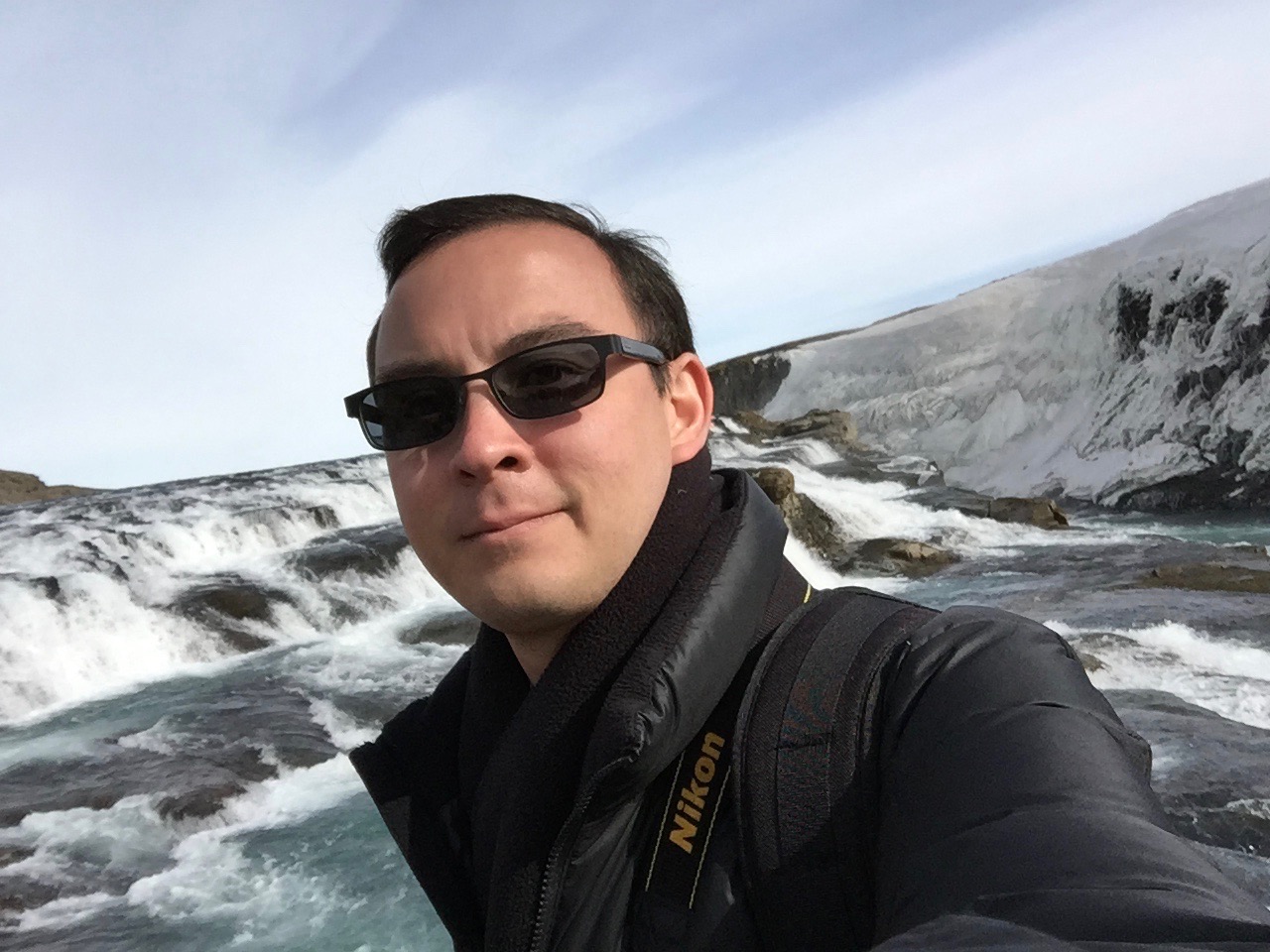A Visit to Suriname
The author in Suriname
After completing the tour of Guyana and seeing the amazing Kaieteur Falls, the tour of the three Guianas continued with a visit to Suriname.
Suriname is a unique country in the fact that it is the only Dutch-speaking country in South America. While I have no actual numbers to back this up, I personally think that Suriname is probably the least visited country in all of South America. To this day, the only people I know who have been to Suriname are myself, and the three other people who were on the tour with me. Prior to visiting, I basically knew next to nothing about Suriname. Despite my complete lack of knowledge about the country, I had wanted to visit this place for the last few years, but COVID put a stop to those plans, and each time I tried to plan a trip to Suriname, either the time was not right, or there were issues with flights. Even though it seems that Suriname is not commonly visited by people from the US, I did see a significant number of Dutch people here. This makes perfect sense since Suriname was a former Dutch colony, and I know there are direct flights from Amsterdam to Paramaribo regularly.
Ministry of Finance
Getting to Suriname from Guyana was easy enough via flying. The flight was on Surinam Airways, which is the national airline of Suriname. The flight left Georgetown, Guyana and then took about an hour to reach Paramaribo, which is the capital city of Suriname. While the flight was uneventful, there was a slight issue in the airport in Guyana. When we arrived at the airport, the check-in agents really rushed us since they said the flight was waiting for us. As a result, we all ran to the gate only to find out that the flight had not even started boarding yet, and we were not late at all.
Unlike in the airport in Guyana, which took an absurdly long time to get through immigration, the immigration process in Suriname went very smoothly and quickly. All told, I was through immigration in less than ten minutes. Since it was late, once we were all through immigration, we met a driver and were taken on a drive that was about an hour to the capital of Suriname, Paramaribo, where we were all taken to our respective hotels.
Despite having construction going on in the lobby, the hotel I was assigned was certainly nicer than the rather outdated hotel in Guyana and much more comfortable. Because it was late, and we were scheduled to have a city tour the next day, I basically fell right asleep.
Historic buildings in Paramaribo
The next morning, I met the tour guide, who was a pleasant older woman. The tour of Paramaribo was quite interesting, and I had the opportunity to learn more about Suriname and its history. Typically, when I am on these types of tours, I usually have some background on the history of the country. However, in this case, I literally had no knowledge on anything since Suriname tends be one those "skipped over" countries.
The city tour was interesting with a lot of historic architecture that has a mix of some buildings that looked very well maintained and other buildings that were in less-than-stellar conditions. However, what made these buildings interesting was that it was very easy to see the influence from Dutch architecture. I also enjoyed having the chance to explore Independence Square, which is a large open area that has the Presidential Palace of Suriname, National Assembly of Suriname, and several government ministries surrounding the open area. Another unique treasure of Paramaribo is the Roman Catholic Cathedral of Sts. Peter and Paul, which has a beautiful wood interior (please see the photo gallery for an image of the interior).
In addition to the tour of Paramaribo, we also had the opportunity to cross the river into the Commewijne district, which allowed us to see the countryside. In my opinion, this was the best part of Suriname. While Paramaribo is relatively well-developed, the countryside is very rustic, and I can see how life could be a bit difficult for people who live in those areas.
Fort Zeelandia Courtyard
One site that I also really enjoyed was Fort Zeelandia, which I had the opportunity to explore on my own during some free time. Fort Zeelandia was originally a French fort then British and then was taken by the Dutch in the seventeenth century. Today, the fort functions as a museum with a cafe, and despite the fact that most of the signage was in Dutch, some of the items were in English, and it was interesting to get a better understanding of the history of Suriname.
Overall, while Suriname is certainly a unique country due to its history with the Dutch and its connection to the Netherlands, it is a bit limited in its tourist attractions when compared to other South American countries. To be perfectly honest, I think a traveler should visit Suriname after exploring the other countries on the continent since the other countries have far more tourist sites and attractions. However, I am very glad that I finally had the chance to visit since Suriname had been on my travel bucket list for awhile, and it was an opportunity to see a relatively unique and unvisited country that is quite different from its neighbors.
Please enjoy the photo gallery of Suriname. All photos were taken by me using an iPhone 13 Pro Max.















